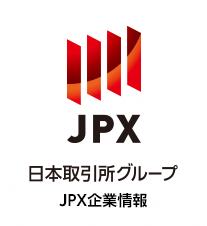TSE commenced three Proof of Concept (PoC) testing projects in areas that are expected to contribute to the development of the securities market, as indicated below, in order to verify usability and technical issues.
- PoC Testing on Small/Medium Cap Stock Analyst Reports Using Alternative Data (Oct. 7)
Together with Nowcast Inc., TSE launched the PoC testing in order to ensure information disclosure to overseas institutional investors and to allow for cross-referencing across the globe. Nowcast Inc. will write the reports, taking advantage of natural language processing and the knowledge of analysts, to compose a large number of reports that would not be possible to accomplish with only ordinary humans. With this, we aim to resolve the problem of "qualitative and quantitative lack of English information on small/medium cap stocks".
- PoC Testing on Distribution of Transcripts of Listed Company Investor-oriented Events (Oct. 24)
In this PoC testing, SCRIPTS Asia Inc. creates transcripts of public companies' investor-oriented events for distribution to investors. Through the PoC, we will verify whether the distribution of such transcripts will promote increased quality of information gathering by investors and reduction in the information gap between domestic and overseas investors.
- Limited Public PoC Testing for Margin Transaction and Short Selling Data (Oct. 24)
In this PoC testing, TSE provides samples of TSE internal margin transaction and short selling data (trade data). Sample data are composed of daily trading value and trading volume by issue, which are aggregated by using flags set at the time of order placement by investors.
We will verify the possible use of said data for various purposes such as sophistication of risk and credit management.
![]() Close
Close


